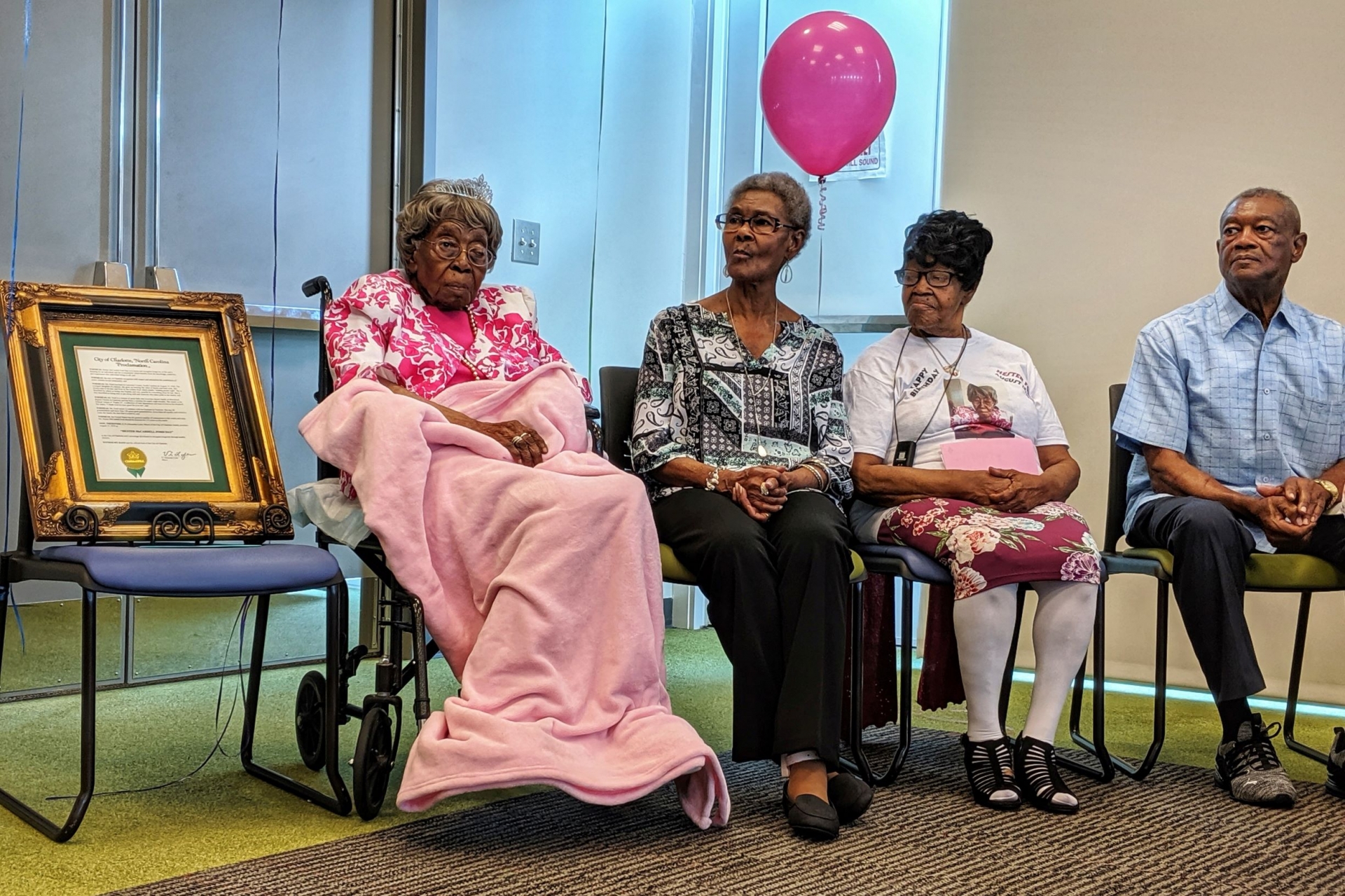Discover Lerik Village, Home To The World's Oldest People
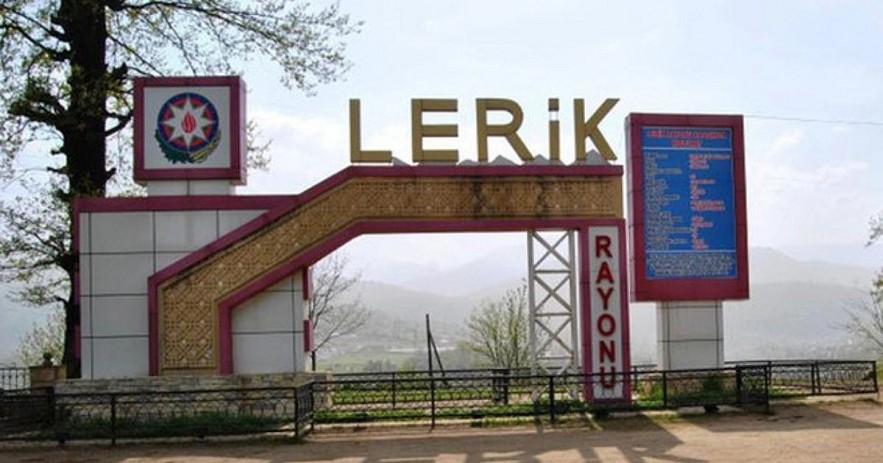 |
| Lerik Village |
| Contents |
The areas where people tend to live longer than average are called "blue zones," and scientists have actually studied some of them before - the Japanese island of Okinawa and Ikaria, Greek island of longevity.
However, some places which are famous for their longevity are not officially classified as blue zones. One such place is Lerik, a region in the Talysh Mountains in Southern Azerbaijan. It’s famous for its population of centenarians and even the world's only Museum of Longevity.
Where is Lerik?
Lerik is the capital city of Lerik Rayon in the southern area of Azerbaijan not far from the Iran border. It is located in the Talysh Mountains, a northwestern subrange of the Alborz mountain range. The majority of the population is talysh.
How many old people living in Lerik?
Out of a total population of 63,000, more than 200 residents in Lerik were recorded as being over 100 years old in 1991.
Since then, the numbers have been less astounding, which the locals attribute to environmental degradation and radiation from communication towers, but could just as easily be the result of more meticulous record-keeping.
Out of the 83,800 persons living in the area, 11 are over 100 years old.
Home to CentenariansAccording to Azer Tag, Azerbaijan’s state news agency, there was once a time when Lerik was home to over 500 centenarians, roughly one percent of its entire population. That number dwindled to about 100 out of around 63,000 inhabitants, and to just over 20 known centenarians today. The sharp drop in the number of centenarians is usually attributed to factors associated with modern life, such as pollution, processed foods and stress. Still, Lerik’s reputation as a land of longevity lives on through its history and legendary centenarians like Shirali Muslumov who virtually put the region on the world map. That Muslumov died in 1973 is a documented fact, but he claimed to have been born in 1805, which made him 168 years old, 52 years older than the world’s verified oldest man, and 46 years older that the oldest known woman ever. |
Who is the oldest villager in Lerik?
The oldest inhabitant of Lerik was Shirali Muslumov, a resident of the village of Barzavu. He lived a life of 168 years.
Muslumov is claimed to have fathered a kid at the age of 136 and had 23 children across his three marriages. The Guinness Book of World Records has recognized Azerbaijan's super-centenarian for his extraordinary longevity. According to some sources, he is the oldest person ever. Shirali Muslumov connected Lerik's natural habitat and his diet, which included yogurt, cheese, rice, and boiled meat washed down with lamb's milk, to his astonishing lifespan.
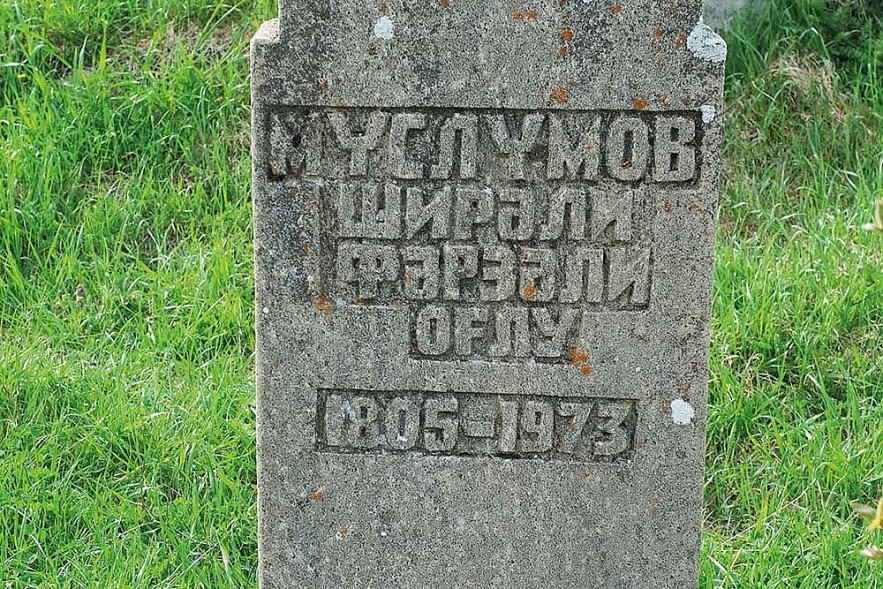 |
| The grave of Shirali Muslumov in Barzavu village with the dates 1805 -1973 inscribed on the stone. Photo by Thomas Marsden |
Muslumov claimed to have been around when the now-extinct Caspian tiger was a common presence in the Talysh Mountains, and when kidnapping a bride was common practice. He is said to have fathered a child at 80, with his second wife of just 36 years old, and produced a total of 330 descendants that extended into five generations.
Muslumov’s brother, Mahmüd Eyvazov, allegedly lived to be 150 years old, and his wife, Gizil Guliyeva, lived to the age of 120. One of his daughters still lives in Lerik and has inherited his genes, as she is 95 and in great health. She actually qualifies as one of the region’s centenarians, as here the word refers to people over 90 years old.
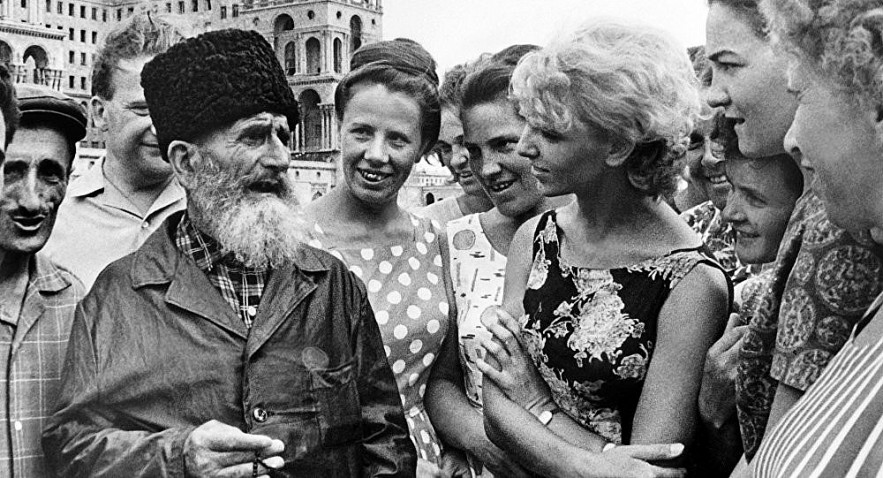 |
| The most famous centenarian from Azerbaijan, hailing from Lerik, is Shirali Muslumov, known as Shirali Baba or “grandpa Shirali.” According to some sources, he was born in 1805 and he died in 1973, putting him at the ripe old age of 168. Photo AFP |
Lerik's most well-known centenarian, Shirali Muslumov, enjoyed widespread renown when he was alive. He caught the attention of Harvard physician Alexander Leaf, who visited the area in 1973 to find the secret to his life, and received congratulations from people like Vietnamese leader Ho Chi Minh. He encountered a 108-year-old shepherd who claimed to have a stress-free existence, a 117-year-old farmer who was still working in the fields, and other people who seemed to affirm that there was something special about this region.
Unfortunately, the fame of longevity seems to have done Lerik more harm than good. It opened the mountainous region to the outside world and all of its temptations. Although fresh produce, and locally-sourced dairy products and meat are still available, they are now overshadowed by chocolate bars and other sugary drinks, as well as vodka and other alcoholic drinks.
READ MORE: Top 10 Countries With Biggest Elderly, Urban And Rural Population In 2023
How do oldest people in the world live to prolong longevity?
Qambarova starts her day at dawn, waking up as soon as she opens her eyes. She spends all day working in the garden or around the house. Her room is small, with a thick soft carpet and cushions on the floor. Many people here prefer to sleep on the floor, just with a thin blanket instead of a mattress, as it is thought to be the healthiest way to rest their backs.
Contrary to popular belief, Lerik centenarians eat meat, but they inherited their preference for fresh dairy products such as cottage cheese, butter, milk and ayran from earlier centenarians, for whom abstinence from meat was greater due to economic circumstances.
| “THE SECRET TO LONG LIFE IS GOOD NUTRITION, THE MINERALS IN SPRING WATER AND THE HERBS WE ADD TO TEA TO PREVENT SICKNESS, SO PEOPLE DON’T HAVE TO TAKE ANY MEDICINE, JUST USING NATURAL REMEDIES,” THE GUIDE SAYS. |
Such was the lifestyle of Mammadkhan Abbasov, a 103-year-old from the village of Jangamiran. Sitting on the carpet opposite the window, the centenarian has almost completely lost his sight and can barely hear his son telling him that the guests have arrived, but when he finally catches up with him, he starts singing, saying prayers and good wishes.
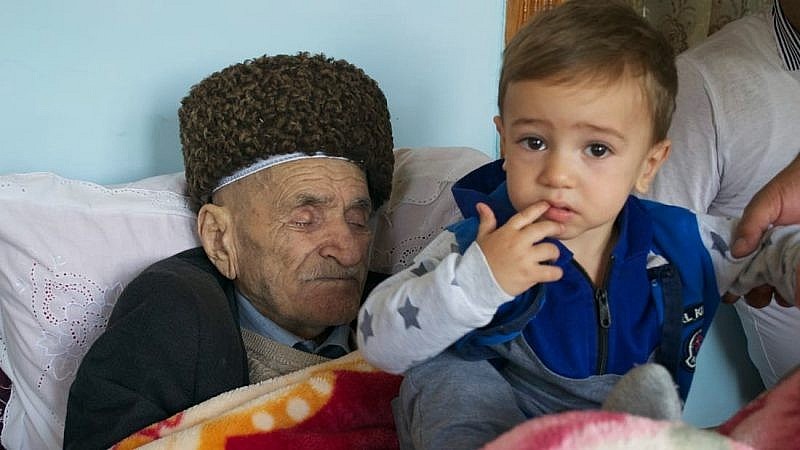 |
| Mammadkhan Abbasov with his great-grandson. Photo CNN |
Next to Abbasov is his great-grandson, with a century between them. Like Qambarova, Abbasov has been a busy villager all his life, working in the fields until about seven years ago when his eyesight deteriorated. As for food, he eats “whatever God gives” with one restriction: he never drinks alcohol.
Abbasov attributes his long life to daily physical activity, not to the point of exhaustion, but enough to get the body moving. In addition to eating good farm produce, he used to drink gallons of ice-cold spring water, which is rich in minerals said to contribute greatly to longevity.
READ MORE: 9 Nutrition Tips for the Elderly
| Headache-inducing mountain altitudes may also be a factor. A 2017 study from the University of Navarra, Spain, found that living at high altitude lowers the risk of heart disease, stroke and diabetes. A 2011 study from the University of Colorado Denver found that these sky-high residents live even longer. The ages of some of these celebrated centenarians may still be disputed, but here in Lerik, their legacy lives on through people who still abide by Lerik’s simple secret to longevity: physical activity, good nutrition, plenty of water, and an attitude toward life that says, “We only live once, but if we do it right, once is enough.” |
What’s special about the Museum of Longevity in Lerik?
The first Longevity Museum was established in the world in Lerik in 1991. Over 50 Lerik citizens who are over 100 years old are included in the museum's two expositions, which have over 2,000 exhibits totaling intriguing facts, pictures, etc.
More than 2,000 artifacts depicting the lives and experiences of the area's oldest residents are housed at the two-room Museum of Longevity, which was restored in 2010.
It displays a person's lifespan with household products that have outlasted them, such three generations of clothes irons. In addition to silver pitchers and bowls, there are chests loaded with hats and blouses, exquisitely knitted socks, and hand-dyed rugs that have remained vibrantly colored throughout time.
And then there are the letters, written in both Azerbaijani and Russian – personal artifacts so old that the ink is starting is fade.
Perhaps the most captivating features are the portraits of centenarians that cover the museum’s walls. These images, dating from the 1930s, were donated by French photographer Frederic Lachop.
The museum, and official Azerbaijan statistics, define “centenarian” more loosely than you’d expect: Here, it means anyone over 90 years old.
 What Is The Oldest Book in the World? What Is The Oldest Book in the World? Humans began to develop writing systems sometime in the 30th century BCE in ancient Mesopotamia. We covered what are considered to be the oldest books ... |
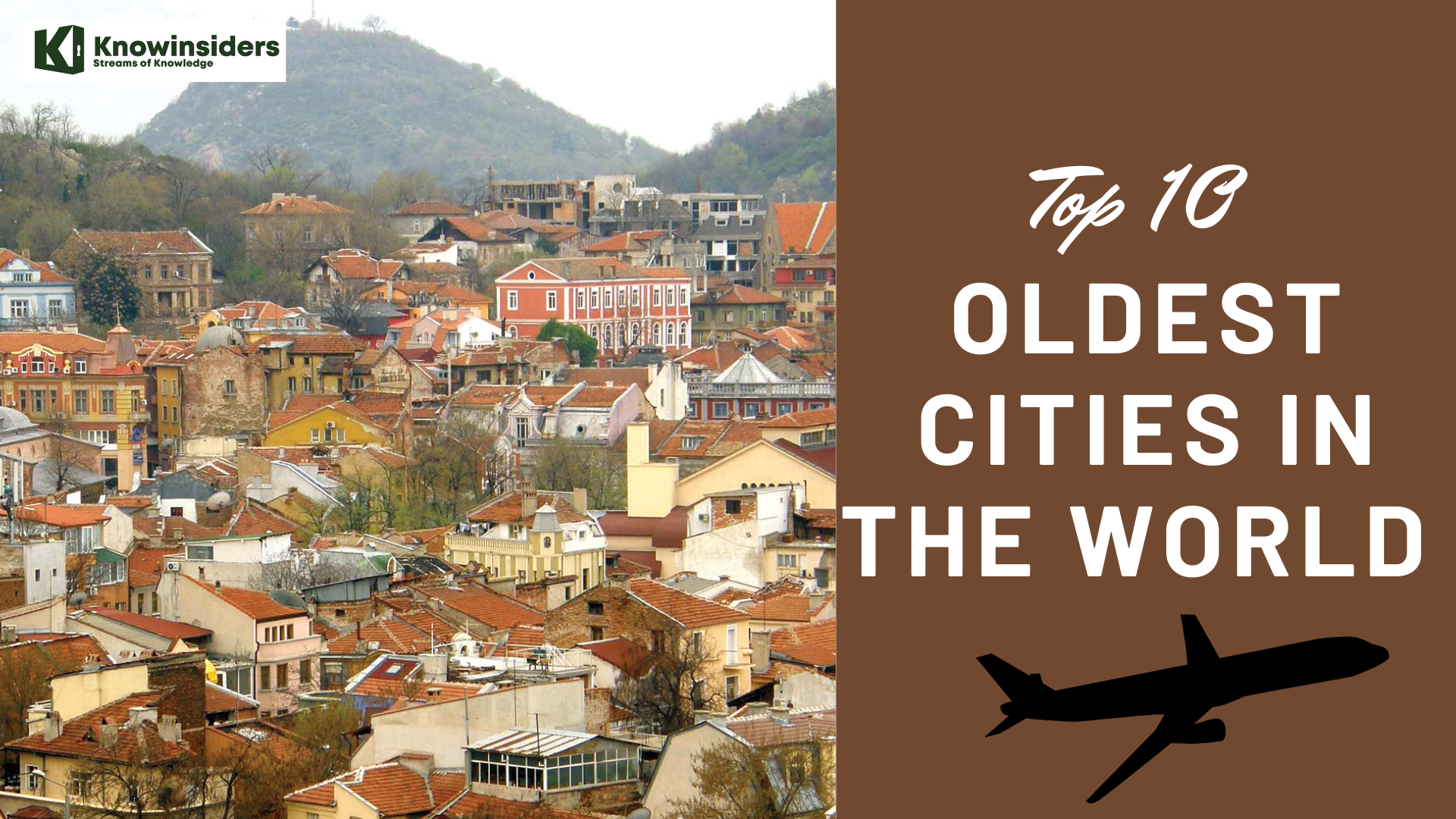 Top 10 Oldest Cities In The World Top 10 Oldest Cities In The World What are the oldest cities in the world that are still inhabited today? |
 What is Old Tjikko - the Oldest Living Tree in the World - Nearly 9,600 Years Old What is Old Tjikko - the Oldest Living Tree in the World - Nearly 9,600 Years Old In a harsh mountain region of Sweden, a species of conifer family has been discovered that has existed since nearly 9,600 years ago and has ... |


